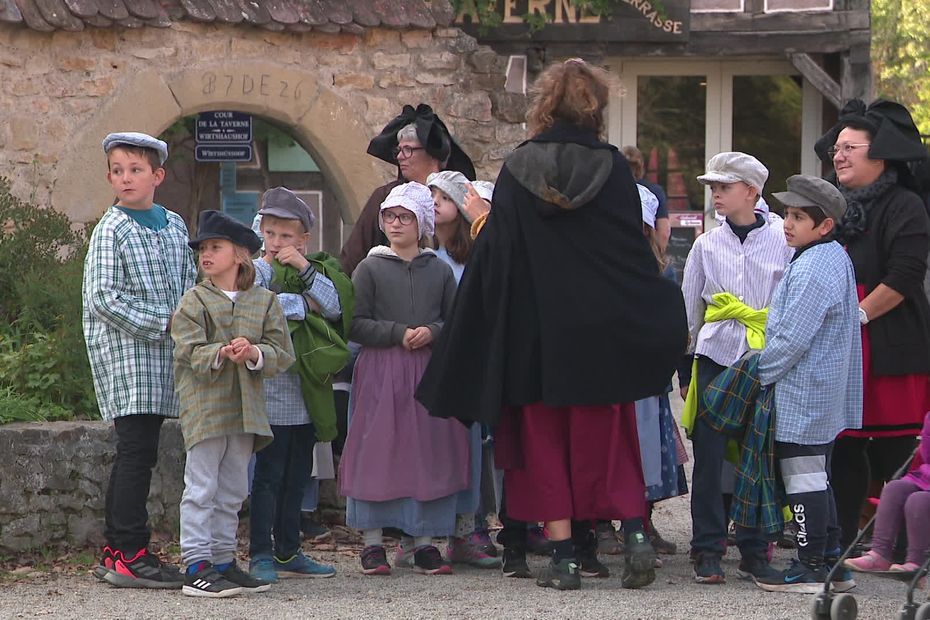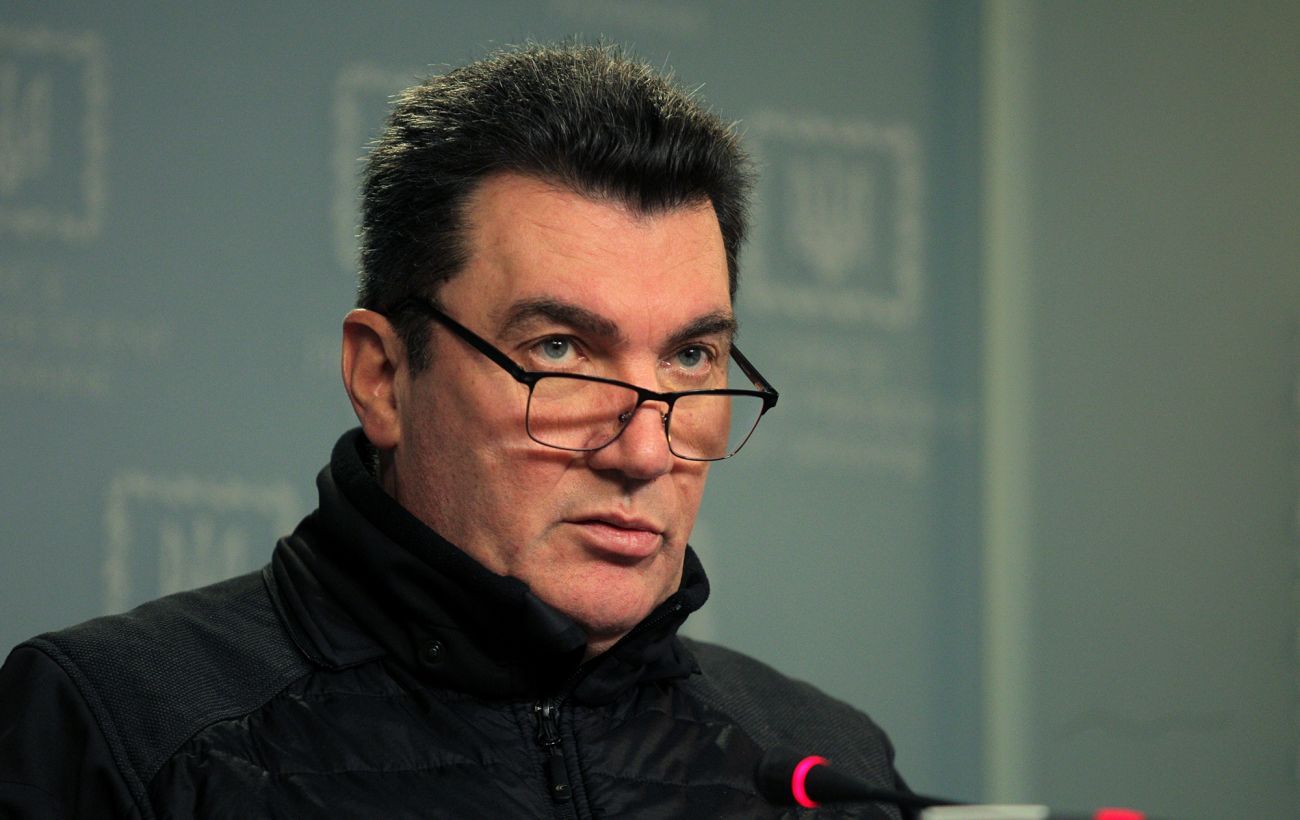Rund Um. Fifteen children were able to slip into the shoes of villagers at the start of the 20th century in Alsace for a few days. An immersion in the Ecomuseum (Ungersheim), period clothing on the shoulders and in Alsatian.
The Festival of Lights 2022 in Lyon
It is a somewhat special camp in which children from the Sierentz sector, in the Haut-Rhin, took part. A Franco-Alsatian stay at theEcomuseum. On the program: discovery of the life and customs of a village between 1900 and 1930, and small “lessons” of Alsatian.
A few days about thirty kilometers from home and a joyful change of scenery. “It’s impressive to see in the flesh objects from the old days”assure Kenzo. “What interests me is to see how they worked, how they made and how they lived. I want to know what it was like because it was not like today”adds Elise.
Between pottery activity, preparation of pies flambée and animal feeding, the children strolled through the different Alsatian houses (elsasser Hisser) of the Ecomuseum. They learned that the living room (ofStub) was the only heated room, thanks to a tiled stove (d’r Kachelofa). Or even that in their bed, the inhabitants warmed up thanks to a hot water bottle (ofBettfläsch) and slippers (ofBiting sock). While in the kitchen, the women all had their mold at Baeckaoffa.
“We work all year round with children and in Alsatian, but here we have all the material, directly on site. We often quote the Ecomuseum, for example when we talk to them about half-timbered houses. ‘come here’explains Fabienne Richard, one of the leaders of the stay.
With her colleague Véronique Ueberschlag, they are responsible for promoting Alsatian, employed by Saint-Louis Agglomeration. A service that does not exist anywhere else and whose mission is clear: to bring Alsatian almost everywhere, so that it continues to be heard and practiced. They are involved in schools, nurseries, extracurriculars and for the first time, during this unprecedented colony, organized by the community.
In the blacksmith’s workshop (d’r Hufschmed), the two facilitators commented on and translated the craftsman’s actions. He hits with a hammer (ar kloppft met’em a Hämmer), works with water (s’Wàsser) and fire (s’Fier)…
“Children don’t ask themselves a thousand questions. They want to have fun and they like Alsatian, our culture, our traditions. We hope, through all our actions, to raise parents’ awareness and make them think. That they want to transmit Alsatian. The children like it. We really want to leave a mark”confides Véronique Ueberschlag.
The journey through the culture of the time and the dialect continues until the end of the day for the children. Setting up the table during meals is a pretext for learning the vocabulary of the occasion: the gable on the left (the fork on the left), the mass right (the knife on the right), s’Kàfeläffala (the teaspoon), d’r Suppaläffel (soup spoon), s’Glààs (glass), to Güeta (Enjoy your meal).
And theDuring the evenings, the songs often resonate in Alsatian, as does the war cry of the troupe: “Alsatian it’s bumbish”, “the Alsatian is the bomb”. All is said.


